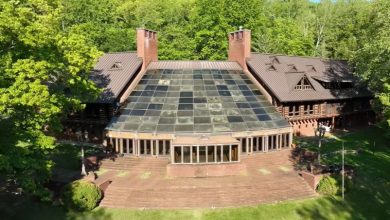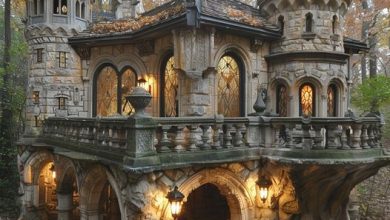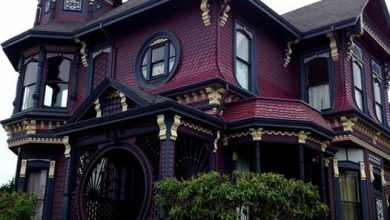Abandoned Castle: 12th Century Abandoned Newark Castle
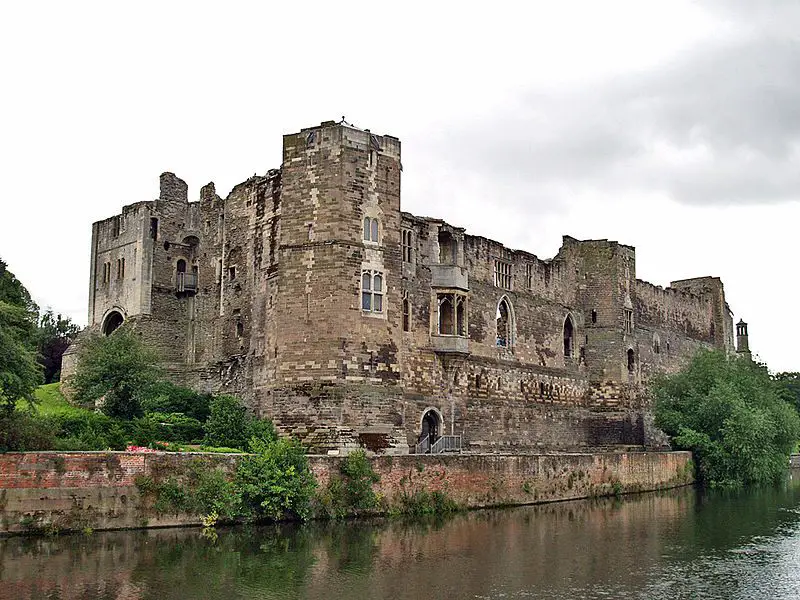
In the 12th century, the Bishop of Lincoln, Alexander, chose a stunning spot overlooking the River Trent to construct Newark Castle. Like many castles of that time, it was initially made using earth and timber. However, by the end of the century, it was rebuilt using stone. Unfortunately, during the English Civil War, the castle was dismantled along with other forts across England, and it was left in ruins.
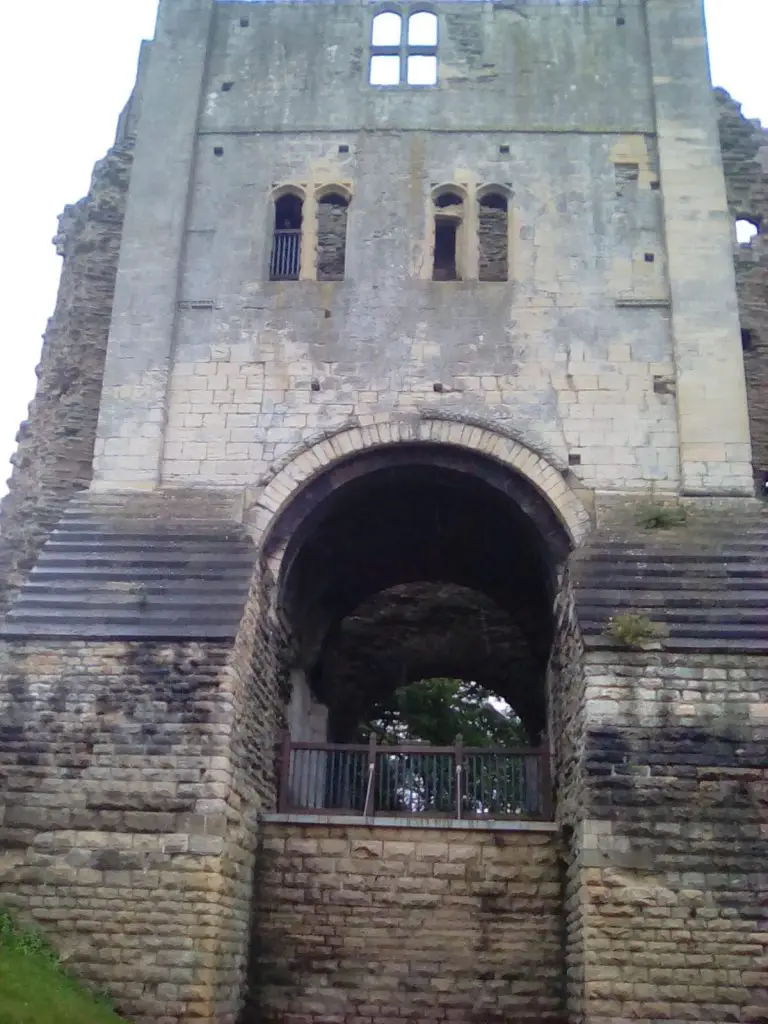
Fast forward to the mid-19th century when architect Anthony Salvin took on the task of restoring Newark Castle. The restoration work continued under the ownership of the Newark corporation, who purchased the estate in 1889. Remarkably, despite being an abandoned castle, the main buildings of Newark Castle still stand today, offering a breathtaking view of the River Trent. If you visit, you can witness the restoration work carried out in the 19th century, visible in the brickwork.

With its strategic location overlooking the picturesque River Trent, Newark Castle, constructed by Alexander, the Bishop of Lincoln, in the mid-12th century, was a sight to behold. Initially built using earth and timber, the castle underwent a significant transformation later in the century, when it was reconstructed using durable stone materials. This upgrade not only enhanced the castle’s structural integrity but also added a touch of grandeur to its appearance.

Tragically, during the turbulent period of the English Civil War, Newark Castle, like many other forts throughout England, faced a grim fate. The fortifications were dismantled, reducing the once-mighty stronghold to ruins. The scars of conflict marred the castle’s glorious past, leaving it as a poignant reminder of the turbulent history that unfolded within its walls.

However, hope for Newark Castle’s revival emerged in the mid-19th century with the intervention of architect Anthony Salvin. Entrusted with the task of restoring the castle to its former glory, Salvin embarked on a meticulous process of reconstruction, carefully breathing new life into the ancient stones. His efforts were commendable, but it was the Newark corporation that truly championed the castle’s restoration. In 1889, they acquired the estate and assumed responsibility for continuing the preservation work initiated by Salvin.
Remarkably, despite its abandonment, Newark Castle’s main buildings have defied the passage of time and still stand proudly today. Visitors are treated to a remarkable view of the majestic River Trent, as the castle’s elevated position offers a panoramic vista of the surrounding landscape. A testament to the restoration efforts of the 19th century, the intricate brickwork stands as a visible testament to the dedication and craftsmanship that went into reviving this historical treasure.
Exploring the grounds of Newark Castle allows visitors to immerse themselves in the rich tapestry of the past. One can’t help but imagine the castle in its prime, bustling with activity and serving as a symbol of power and authority. As the breeze carries echoes of the centuries-old tales, visitors are transported back in time, gaining a deeper appreciation for the castle’s significance in English history.

Today, Newark Castle stands not only as a captivating landmark but also as a testament to human resilience and the enduring allure of our architectural heritage. Its existence serves as a reminder of the remarkable stories that lie within the walls of ancient structures, waiting to be discovered and appreciated by generations to come.
Source: https://numerologybox.com
Category: Abandoned Place


